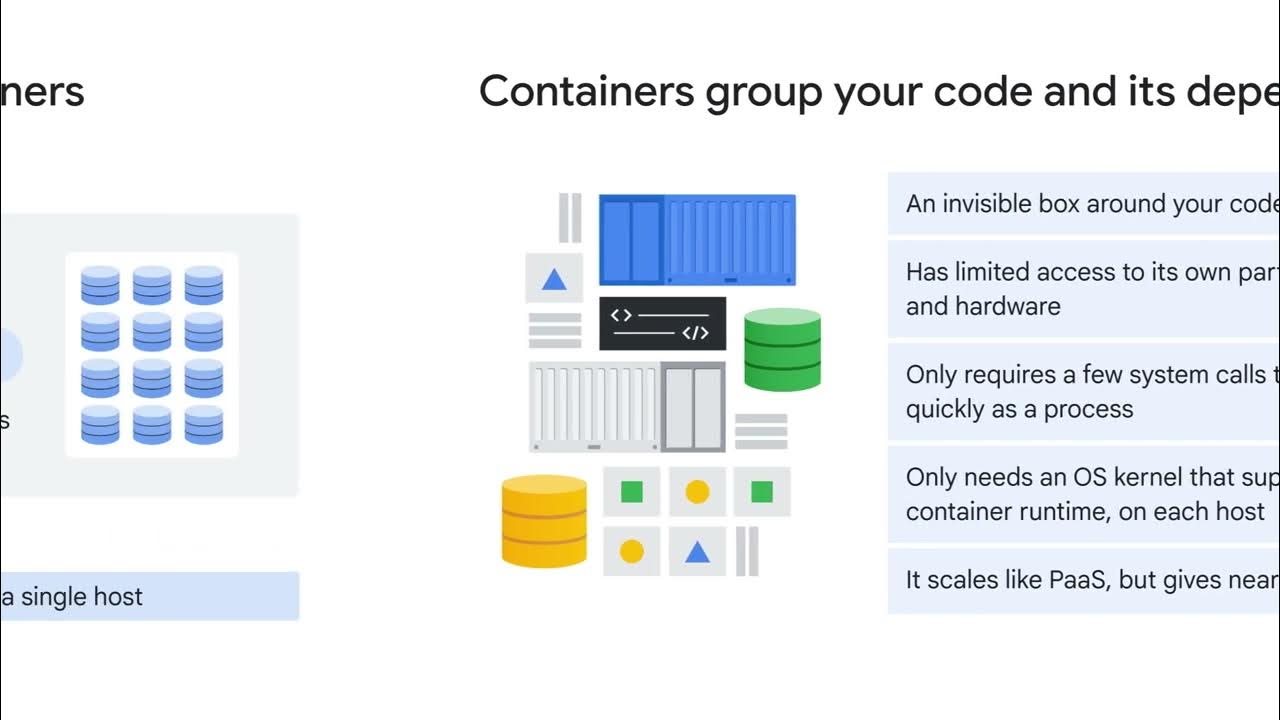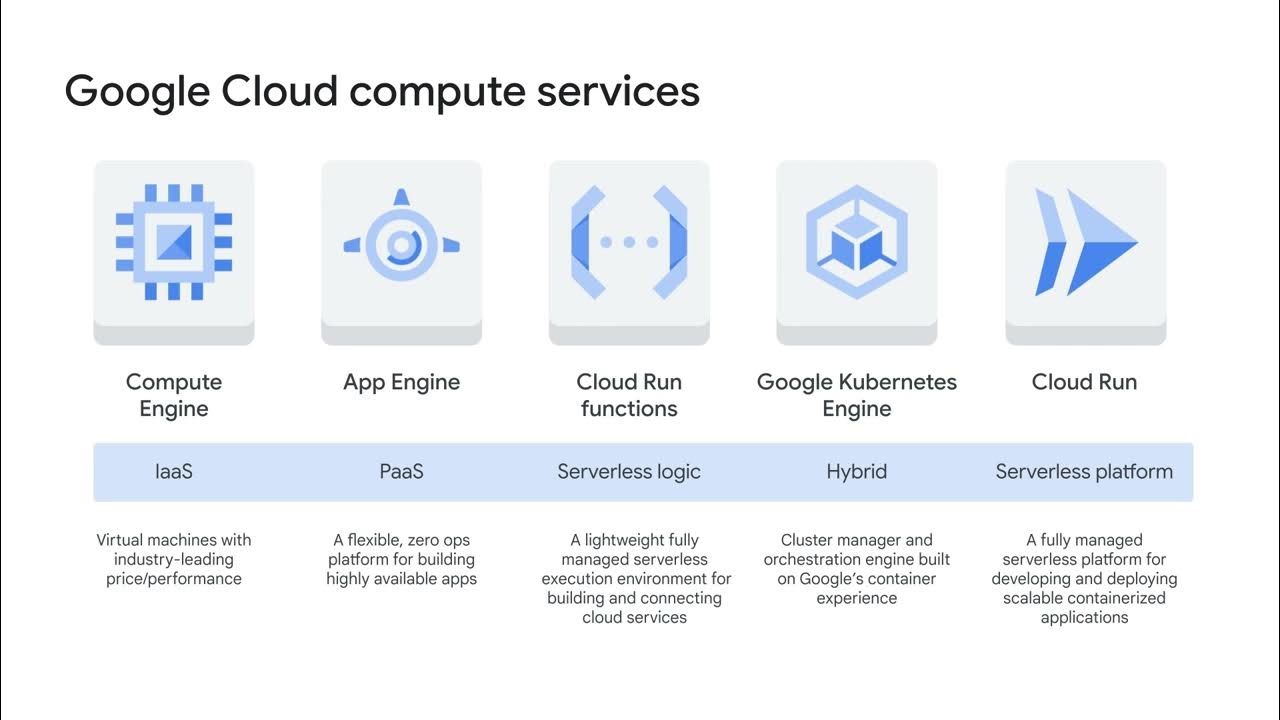Kubernetes Explained in 100 Seconds
Summary
TLDRKubernetes is a powerful tool for orchestrating containerized applications, akin to a conductor in an orchestra. It automates scaling and manages workloads across clusters, ensuring high availability and resilience. Developers define the desired state of their applications in YAML, and Kubernetes handles provisioning, scaling, and health checks, making it an essential technology for deploying robust cloud-native applications.
Takeaways
- 🚢 Kubernetes is a tool for managing and automating containerized applications in the cloud, similar to an orchestra conductor managing musicians.
- 🎵 Each Docker container is like an individual musician in an orchestra, and Kubernetes orchestrates these containers to work together seamlessly.
- 💼 Kubernetes scales containers across multiple machines, handling workload changes like an app managing millions of trades when the market opens.
- 🔄 In case of failure, Kubernetes can replace a failed container with a new one, ensuring continuous operation.
- 📚 A system deployed on Kubernetes is called a cluster, with the control plane acting as the brain, exposing an API server and using etcd for storage.
- 🔑 The control plane in Kubernetes is responsible for managing the cluster and handling both internal and external requests.
- 👷 Worker machines in Kubernetes are referred to as nodes, each running a kubelet to communicate with the control plane.
- 📦 Pods are the smallest deployable units in Kubernetes, which can be thought of as groups of containers working together.
- 🌐 Kubernetes can automatically scale horizontally by adding more nodes to the cluster, managing networking, secrets, and persistent storage.
- 🔄 High availability is achieved in Kubernetes through maintaining replica sets, ensuring a set of running pods is always ready.
- 📝 As a developer, you define objects in YAML to describe the desired state of your cluster, which Kubernetes uses to provision and scale containers automatically.
Q & A
What is Kubernetes and its primary function?
-Kubernetes is a tool for managing and automating containerized workloads in the cloud, primarily functioning as an orchestration system to handle and scale applications efficiently.
How is Kubernetes compared to an orchestra conductor?
-Kubernetes is compared to an orchestra conductor because, like a conductor managing musicians, it orchestrates individual Docker containers to work together harmoniously to create an application.
What is the role of Kubernetes in handling high-demand applications like Robinhood?
-Kubernetes manages the infrastructure to handle changing workloads, such as scaling containers across multiple machines to fulfill millions of trades when the markets open, ensuring high availability and fault tolerance.
What is a Kubernetes cluster and what does it consist of?
-A Kubernetes cluster is a system deployed on Kubernetes, consisting of a control plane, which is the brain of the operation, and one or more worker machines called nodes.
What is the control plane in a Kubernetes cluster and what does it include?
-The control plane in a Kubernetes cluster is responsible for managing the cluster. It includes an API server to handle requests and a key-value database called etcd for storing important cluster information.
What is a node in Kubernetes and what runs on it?
-A node in Kubernetes is a worker machine that runs applications. Each node runs a kubelet, a small application that communicates with the main control plane.
What are pods in Kubernetes and what do they represent?
-Pods in Kubernetes are the smallest deployable units, representing a group of one or more containers (whales) that are running together as part of the application.
How does Kubernetes handle scaling and workload distribution?
-Kubernetes can automatically scale horizontally by adding more nodes to the cluster as the workload increases, taking care of networking, secret management, persistent storage, and more.
What is a replica set in Kubernetes and its purpose?
-A replica set in Kubernetes is a set of running pods or containers that ensures high availability by maintaining a specified number of replicas at any given time.
How do developers define the desired state of their cluster in Kubernetes?
-Developers define the desired state of their cluster in Kubernetes using YAML files that describe objects such as deployments, replica sets, containers, volumes, and ports.
What is an example of a Kubernetes object defined in YAML and its components?
-An example is an Nginx deployment with a replica set of three pods. The spec field in the YAML file can define the behavior, including the number of replicas, container configurations, volumes, ports, etc.
Outlines

This section is available to paid users only. Please upgrade to access this part.
Upgrade NowMindmap

This section is available to paid users only. Please upgrade to access this part.
Upgrade NowKeywords

This section is available to paid users only. Please upgrade to access this part.
Upgrade NowHighlights

This section is available to paid users only. Please upgrade to access this part.
Upgrade NowTranscripts

This section is available to paid users only. Please upgrade to access this part.
Upgrade NowBrowse More Related Video

Understand Azure Kubernetes Service Architecture and Components

Containerizing and Orchestrating Apps with GKE

Kubernetes Explained in 6 Minutes | k8s Architecture

What Is Kubernetes - The Engine Behind Google's massive Container Systems | KodeKloud

Compute Options in the Cloud

DevSpace - Development Environments in Kubernetes
5.0 / 5 (0 votes)